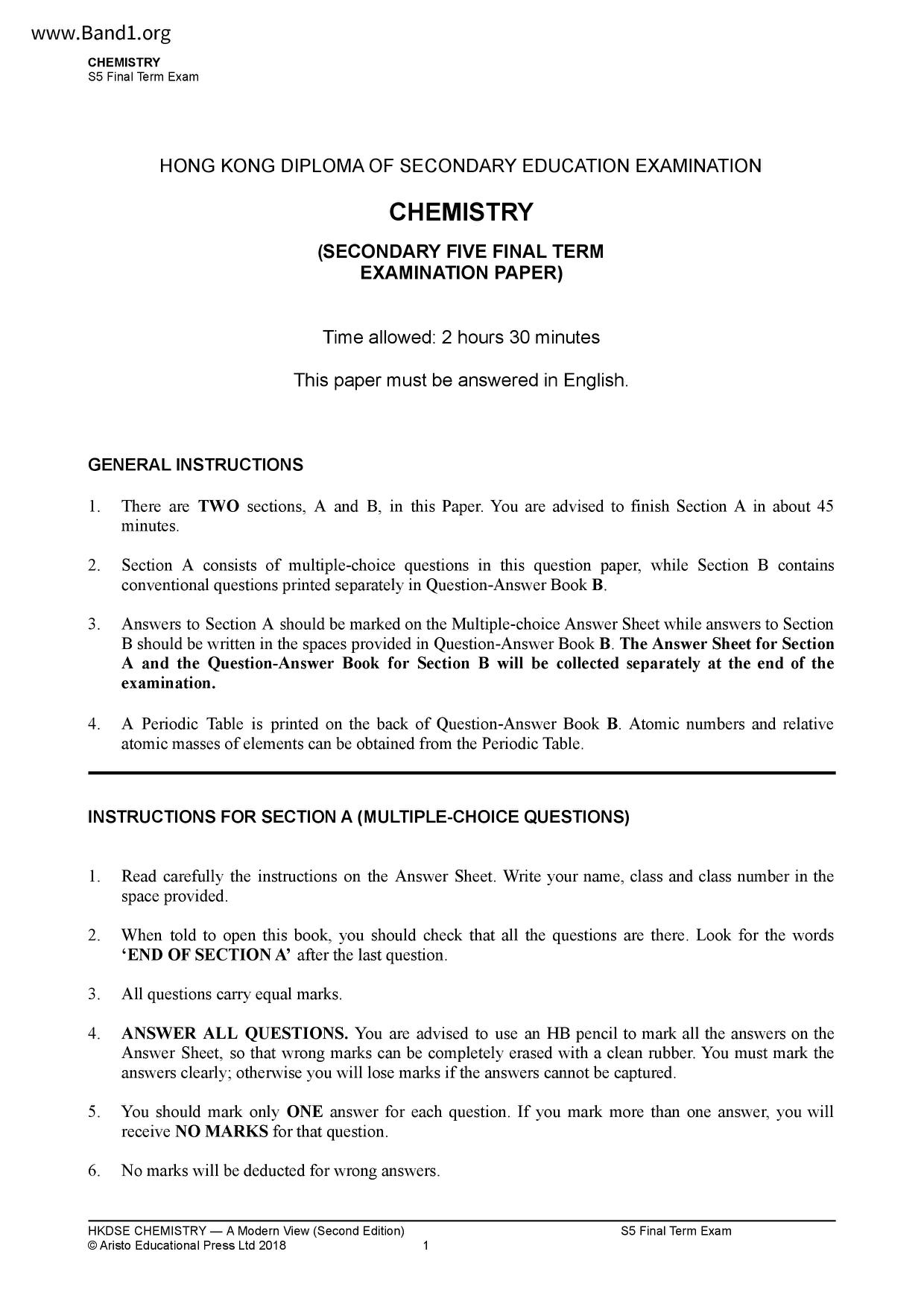香港中五化學試卷
編號:
6661
地區:
香港 (HK)
年級:
中五 (F5)
科目:
化學 (Chemistry)
學期:
3
卷種:
考試
檔案格式:
pdf
頁數:
31
檔名:
chem _S5_final_term_exam_2018_eng.doc
▼ 圖片只作預覽, 如欲下載整份卷, 請按「免費成為會員」 ▼
 ▲ 圖片只作預覽, 如欲下載整份卷, 請按「免費成為會員」 ▲
▲ 圖片只作預覽, 如欲下載整份卷, 請按「免費成為會員」 ▲香港中五化學試卷 PDF
下載試卷只限會員尊享
 ▲ 圖片只作預覽, 如欲下載整份卷, 請按「免費成為會員」 ▲
▲ 圖片只作預覽, 如欲下載整份卷, 請按「免費成為會員」 ▲